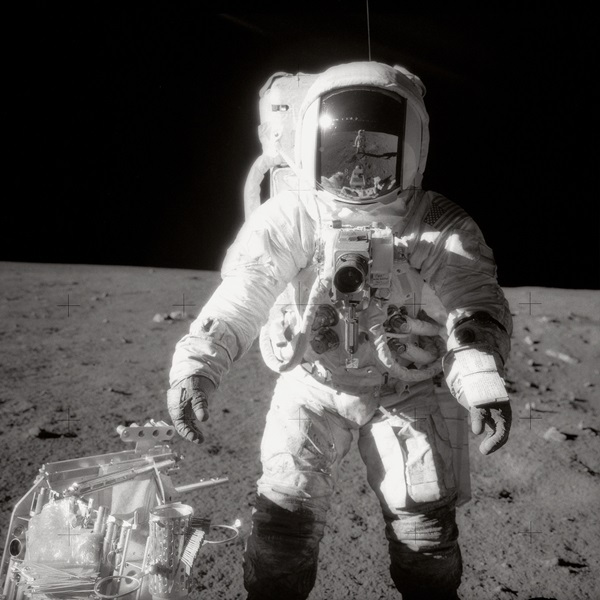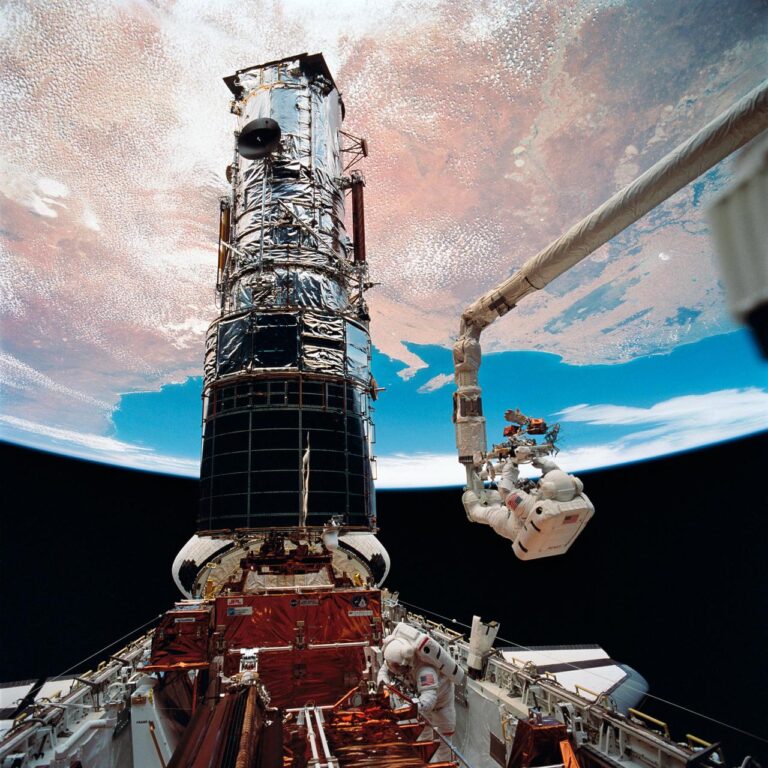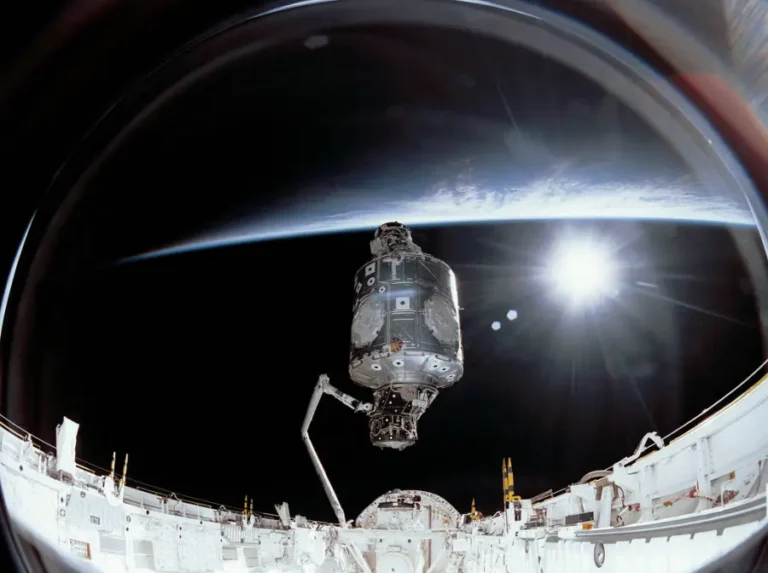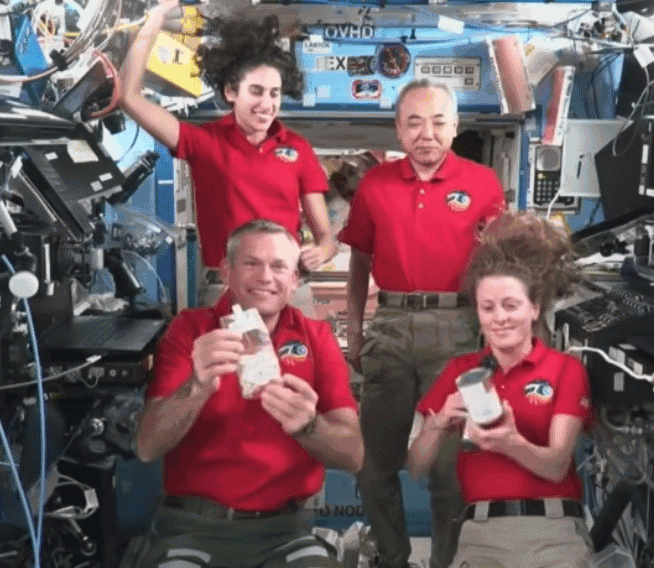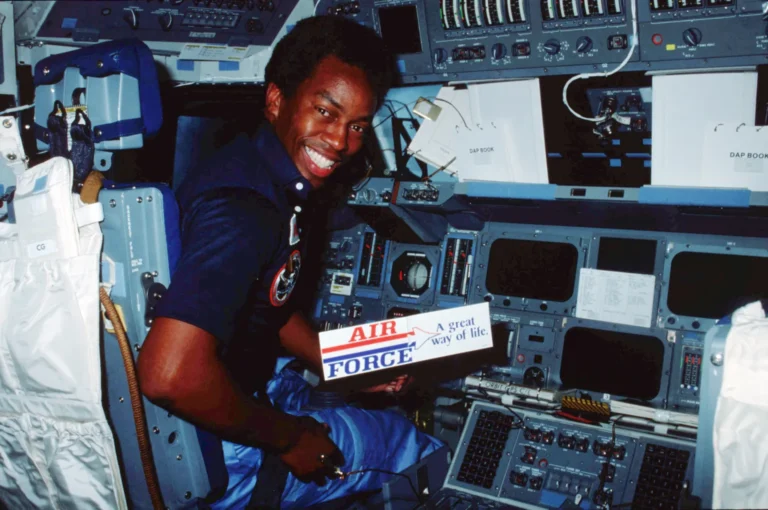Key Takeaways:
But for Alan Bean, the fourth man to walk on the Moon, he took a course that probably few people anticipated. He became an artist.
Still lifes to Apollo
Even as a youngster, Bean enjoyed art. As a young Navy aviator, Bean took courses in art while stationed for his training at Naval Air Station Patuxent River in Maryland.
“That was a very busy time for me and my family,” Bean explains from his home outside of Houston. “The good part was that as time consuming and strenuous as my flight training was at the time, art served the purpose of centering and relaxing me, whether it was taking art classes or painting still lifes. I loved every minute of it.”
Unfortunately, the life of a Naval aviator isn’t one that allows a lot of free time, much less time for painting flower arrangements and fruit. As much as Bean enjoyed painting, his Naval duties won out when it came time to make choices.
“Just as is the case with a lot of careers, Naval aviation takes a lot of dedicated time,” Bean says. “Then along came the space program, which took my free time down to zero.”
Bean served as the lunar module pilot on Apollo 12 the second lunar landing. In November 1969, Bean and Pete Conrad landed on the Moon’s Ocean of Storms. They explored the lunar surface, deployed several experiments, and installed the first nuclear power generator station on the moon as a power source. Bean was also the spacecraft commander of Skylab 3, the second manned mission to Skylab, from July 29, 1973, to September 25, 1973.
On his next assignment, Bean served as backup spacecraft commander of the American flight crew for the joint American-Russian Apollo-Soyuz Test Project.
Bean retired from the Navy in October 1975 as a Captain. In 1981, he ended a stint as head of the Astronaut Candidate Operations and Training Group within the Astronaut Office in a civilian capacity.
Fortunately, after his retirement, Bean decided to renew his interest in art to, as he puts it, “give people the opportunity to see and in a way experience the worlds that I have been fortunate to enjoy.”
Unfortunately, to see one of Bean’s paintings isn’t exactly the same as being there firsthand.
“The Moon is the dreariest, most desolate place I can think of,” Bean says. “Fortunately, it’s one thing to paint something as it is, but it’s quite another to paint something from memory and use it as a tool to teach others.”
Bean continues, explaining how he believes his art differs from many other artists: “When I started painting, I could have spent my time painting things here on Earth, and I have on a few occasions, but eventually I decided that those subjects weren’t my niche. That’s when I decided to paint the things I knew best: NASA and the space program, particularly Apollo.”
Adding the Moon to the paint
Bean’s paintings include using a variety of materials, both as a base as well as a medium. One material that he is particularly proud to use is the result of a few little items he received from NASA after his retirement.
“NASA has a strict policy that everything that belongs to NASA stays with NASA, although all of the astronauts have been able to keep a few mementos from their work,” he says.
Among the pieces of space memorabilia Bean managed to keep were the patches from his Moon-worn space suit, his boots, and a single glove. Needless to say, all of these items have made their way into his paintings, in one form or another. And that’s putting it lightly.
“As much fun as traipsing around the lunar surface while Pete Conrad and I were doing it,” he recalls, “one little matter that nobody thought of was the fact that we were filthy when we climbed back into the lunar module. We were covered with Moon dust from head to toe, so when I started painting, I decided to make my work special by including scrapings of my patches in the paint I used to create my Apollo paintings.”
Looking at a Bean painting is a pleasure, regardless of whether you look at it closely or from far away. Not only will you see the subjects, whether it’s a Moonwalker or the scenery, but up close, chances are good that you will notice tiny specs of red, blue, and other colors amongst the paint. These are speckles from the patches that Bean’s uniform carried on the lunar surface.
But if you think that the colorful speckles are the only surprise you will see in a Bean painting, you’re looking at it too closely, since another treat that often makes its way into a painting are boot prints from the actual suit that Bean wore on the surface. These are best viewed from a distance.
“I use acrylic paints, for the most part,” Bean says. “In some of my paintings, I put one of my space boots on and walk across the surface. It creates a nice effect that a lot of people enjoy, and I enjoy doing it.”
Moonwalker’s fantasy
When you look at Bean’s paintings, you might find yourself wondering if you have parted with reality, since many of the subjects are not true to life, but are part of Bean’s imagination. For example, one of his favorites, The Fantasy, shows Bean and his fellow Apollo crewmates — Pete Conrad and Richard Gordon — standing on the Moon. For all of his space accomplishments, Gordon never made it to the Moon, but he did in Bean’s imagination and his painting.
“This is one of the fun things about being an artist, especially in what I paint,” Bean explains. “If I was a scientist, I would probably paint everything the way it really is, with the Moon, for example, being a dull, monotonous grey, but I’m an artist, so I add color to things to make them more pleasing to look at. For the same reason, I create my fantasy printings as well. They’re my fantasy, but they also serve to tell my story about the Apollo program.”
Want a Bean painting? You can own one of your own by visiting www.alanbean.com or www.alanbeangallery.com.

You can follow mankind’s journey to the lunar surface in our free downloadable eBook: Project Apollo: Reaching for the Moon, which includes this story as a magazine-style spread.



